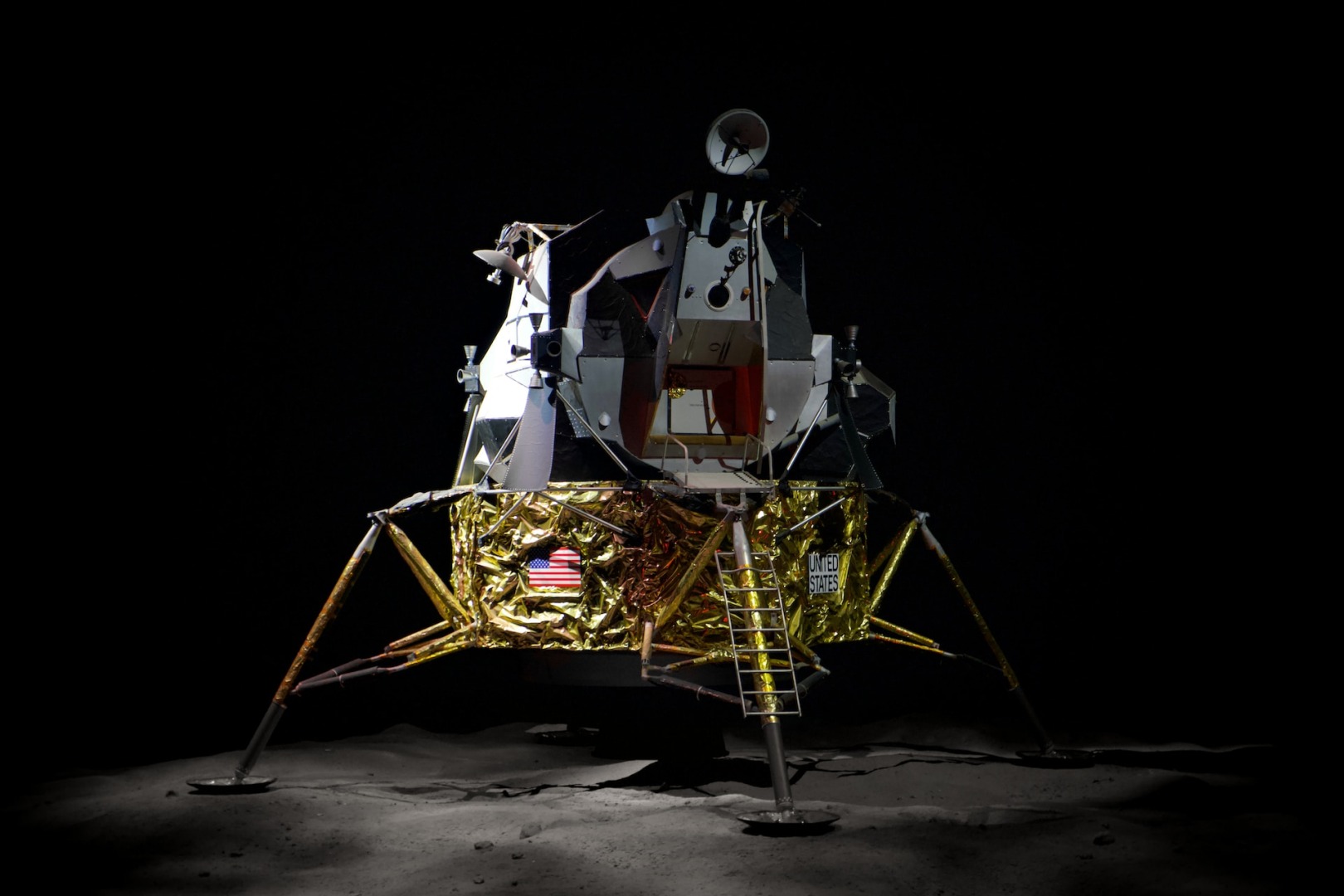TECHNOLOGY
5 Industries Which Need Robots that Handle Extreme Environments

It’s not a secret that robotics make particular industries much easier to work in.
From construction to manufacturing and even health care, automated processes make every sector safer and more efficient.
This is more true than in industries requiring workers to perform under punishing conditions. In these jobs, robots working in extreme environments significantly reduce the risk of injury or worse, due to environmental hazards. Here are a few examples of industries that need robots that can handle harsh conditions.
1. Space Exploration
When it comes to extreme environments, it doesn’t get more extreme than space. Although the final frontier has much for humans to discover, it holds just as many dangers. From the lack of oxygen to extreme temperatures, there are many hazards astronauts need to overcome before they even think about setting foot on another planet.
Robots that operate in extreme environments are the perfect proxy for human explorers. Beyond not requiring oxygen to survive, robots can be developed to withstand all kinds of harsh conditions. Because of their capabilities, robots have travelled further across space than any human can hope to in the 21st century.
Some famous examples of robot astronauts include the Mars Rovers and satellite probes. NASA is also constantly developing new robots for different kinds of missions. The Buoyant Rover for Under Ice Exploration — or BRUIE for short — was designed to explore planets that are mostly water. These planets are the ones that are most like Earth, so collecting data from them could be invaluable to understanding it.
2. Ocean Exploration
Speaking of water, the surface of the Earth is estimated to be made of at least 71% of it. Next to space, the ocean is considered the most hostile working environment for humans. The reasons are simple — humans are not aquatic creatures. From the lack of oxygen to intense pressure, there are seemingly endless hazards for people working in or near the ocean.
This is where robots come in once again. Like in space, robots in extreme environments in place of humans allow for complete exploration without risk. These robots come in many shapes and sizes and can be completely autonomous or remote-controlled by an operator. They can explore areas of the ocean humans cannot and record findings that have never been seen.
3. Maritime Industry
Robots in extreme environments are helping humans make discoveries in the ocean. However, their usage isn’t limited to just exploration. Industries such as deep sea mining use robots to mine for precious resources such as cobalt and nickel.
Natural caches of these resources exist in some of the deepest parts of the ocean, where no human can stay for very long without risk to their health. Batteries use these and other metals for their construction — and these materials have become increasingly scarce as the world becomes more dependant on computer technology.
These mining robots extract these metals while affecting the surrounding environment as little as possible. This ensures these mining activities do not disrupt the ocean’s ecosystem.
One of the most dangerous jobs in the maritime industry is working on oil rigs. Operating complex machines and handling very volatile materials are all common on rigs, and one mistake or malfunction can cause a disaster.
Using robots for some of the most dangerous tasks in place of humans can significantly reduce the chances of a workplace accident or injury. When paired with human operators, these robots can increase the rig’s efficiency while keeping workers out of harm’s way.
4. The Firefighting Industry
Being a firefighter is a perilous job. Whether it’s a domestic fire or a forest wildfire, firefighters are constantly battling extreme environments to save lives.
Not only are they in immediate danger from high temperatures and smoke inhalation, but constant exposure to toxic chemicals also heightens the chance of developing cancer. In addition, firefighters can develop mental health concerns due to major stress and trauma.
Robotics companies recognise the dangers firefighters face to save lives and have designed several kinds of robots to help mitigate these dangers. These robots can serve various purposes, from locating and dousing the source of fires with precision to carrying hoses and water supplies to firefighters in need.
While a significant concern is how the extreme heat of a blazing fire will affect a robot’s power system, these robotic firefighters are hardy enough to stand with their human counterparts.
Drone robots in particular have found a niche in helping to prevent and control wildfires. They quickly starve a wildfire of fuel by helping to get rid of dry brush and plants. This will prevent it from growing further, giving human firefighters better control of the wildfire.
5. The Nuclear Industry
While nuclear power plants provide much of the world’s electricity, they also create highly radioactive byproducts. Exposure to these is a significant risk workers in this industry have to face on a regular basis. Being in contact with ionising radiation can cause a considerable number of health problems, such as cardiovascular disease and cancer.
While numerous protections are in place to contain this dangerous radiation, a particularly hazardous job in the nuclear industry is decommissioning power plants and disposing of radioactive waste. Inspecting and dismantling a nuclear plant means workers will be potentially exposed to any lingering radiation in the area.
Therefore, robots that help with these critical tasks have become vital. These specialised robots can help speed up dismantling the power plant while keeping humans away from hazardous materials.
In addition, robots can also help mitigate the effects of nuclear accidents and investigate the causes of those accidents. Remote-controlled robots can show investigators precisely what went wrong with a power plant to help make sure it does not happen again
Robots in Extreme Environments are Saving Lives
By using robots to brave extreme environments, humans can accomplish more than they could have on their own. Robots are helping explorers make discoveries and working alongside people to help keep them safe in the most dangerous working conditions. As robotic technology advances, companies will find more uses for robots in extreme environments.

















